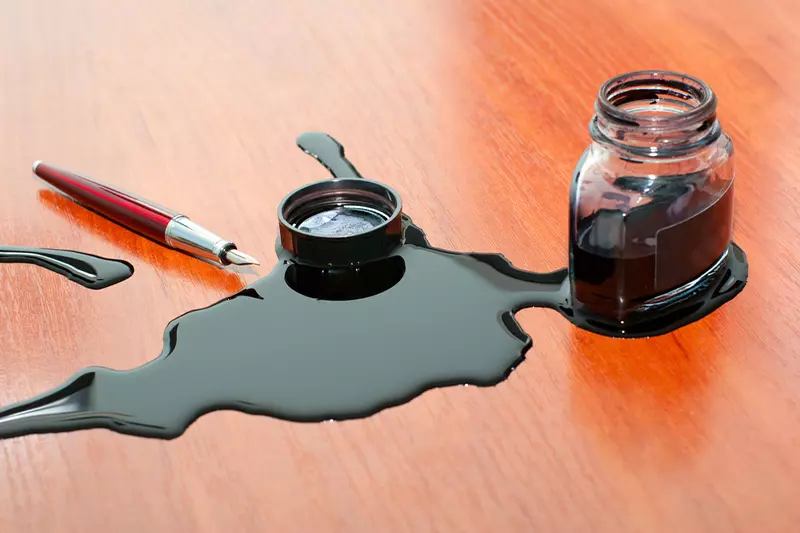Ink Raw Materials

Ink Raw Materials
Ink raw materials are traditionally made from natural substances such as herbal extracts, insects, and seashells. Raw materials for artificial ink, however, are also commonly utilized nowadays. These raw materials consist of a mixture of synthetic pigments, organic solvents, polymers, and other chemicals. Depending on the writing instruments they will be used with, different viscosities and colors of ink are produced using its raw elements. Ballpoint pens, for instance, employ lower-viscosity inks, whereas fountain pens and calligraphy pens opt for thicker, darker inks. For controlling the ink flow of the writing instrument and the drying period, the composition of the ink raw materials is also crucial. Raw materials for ink are produced using rigorous quality control procedures. The qualities of raw materials, such as color and viscosity, are evaluated in a laboratory setting and altered to meet the standards. By enforcing stringent quality control procedures throughout the production process, the performance, quality, and durability of the raw materials are guaranteed.
RESINS
NITROSELLULOSE
- NITROSELLULOSE A 400
POLYURETHANE
- PICASSIAN PU-546
- PICASSIAN PU-549
- PICASSIAN PU-551
- PICASSIAN PU-559
- PICASSIAN PU-561
PIGMENTS AND COLOURERS
ORGANIC PIGMENTS
- PIGMENT BLUE 15:0
- PIGMENT BLUE 15:4
- PIGMENT GREEN 7
INORGANIC PIGMENTS
-
TITAN
- TITAN CTR 997 A
- TITAN R 6668
-
CHROME YELLOWS
- MOLİBDAT RED PWM 1020 (DCC 1624 MUADİLİ)
- LIGHT CHROME YELLOW L-415 (DCC 1036 MUADİLİ)
- LIGHT CHROME YELLOW L-490 (DCC 1036 MUADİLİ)
-
MOLYBDATE ORANGES
- MOLYBDATE RED W2227
- MOLYBDATE ORANGE PWM – 1050
-
CARBON BLACKS
- CARBON BLACK C 299AT
- REGAL 350
- ELFTEX 415
OPTICAL BLEACHERS
- OB POWDER
- OB-1 GREENISH POWDER
- OB-1 YELLOWISH POWDER
ADDITIVES
SURFACE REGULATOR
- DOWSIL 57
WETTER
- DOWSIL 29
DEFOAMERS
- DOWSIL 7
- DOWSIL 100 F

